Everybody knows that there are some materials, primarily metals, which are able to conduct electricity. At the same time there are other materials like rubber or plastic that are insulators and through which electricity cannot flow. However even the best conductors, such as copper or silver still have a small resistance. Because of this nearly half of all of the electrical power we produce is just eaten up by the resistance in the kilometers of wire that are needed to get electricity from a power plant to your home or office.

That some materials can become ‘superconductive’, loosing absolutely all of their resistance has been known since physicist Heike Onnes first discovered the phenomenon in 1911. The problem was that the materials Onnes studied only became superconductive at ultra cold temperatures, within just a few degrees of absolute zero (minus 273ºC). Because of the expense of the equipment needed to cool the conducting material down to the low temperatures needed to initiate superconductivity for many years the phenomenon remained a curiosity, of no practical value.
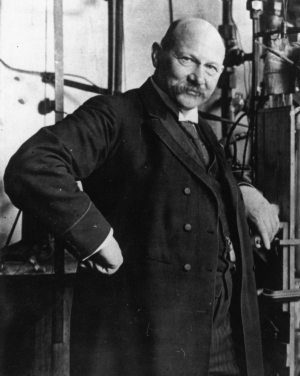
The potential uses of superconductivity are so great however that it’s not surprising that physicists kept looking, trying new materials in their search for a Room Temperature Superconductor (RTS). In fact there has been so much work carried out over the years that six Nobel Prizes have now been awarded for research into superconductivity starting with the one awarded to Onnes himself.
One breakthrough came in the 1980s with the discovery of ceramic conductors, technically known as cuprate-perovskite ceramics. These materials were found to become superconductive at temperatures higher than that of liquid nitrogen, minus 196ºC.
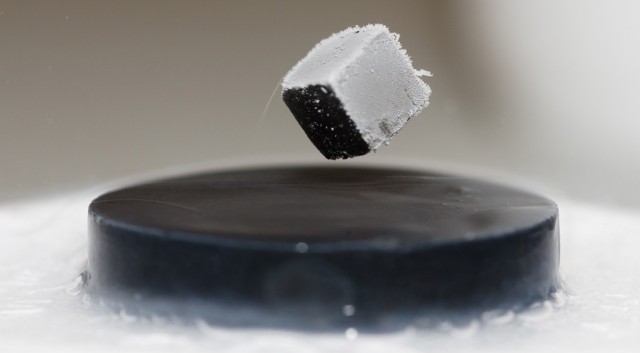
With that advance superconductive materials came into some limited technological use, primarily for the generation of powerful magnet fields such as those for Magnetic Resonance Imaging (MRI) scanners and magnetic levitation (Mag-Lev) in high-speed trains. These few uses of superconductivity have nevertheless become so economically valuable that they have increased the pace of research toward the discovery of superconducting materials that do not require any cooling at all.
Recently a new high temperature record has been set at the Argonne National Laboratory by a team of scientists from the University of Chicago. The new record is minus 23ºC, considerably higher than the temperature of ‘dry ice’ (solid Carbon Dioxide at minus 78.5ºC). A superconductor that only needs dry ice to cool it could greatly expand the industrial uses of the phenomenon.
Before you start buying stock in superconducting companies however I must tell you that the material, Lanthanum Hydride, formula LaH10 also requires a pressure of 270 Gigapascals or about 2 million atmospheres before it will exhibit superconductivity! In order to attain such a high pressure the tiny sample of material had to be squeezed between two diamond anvils.
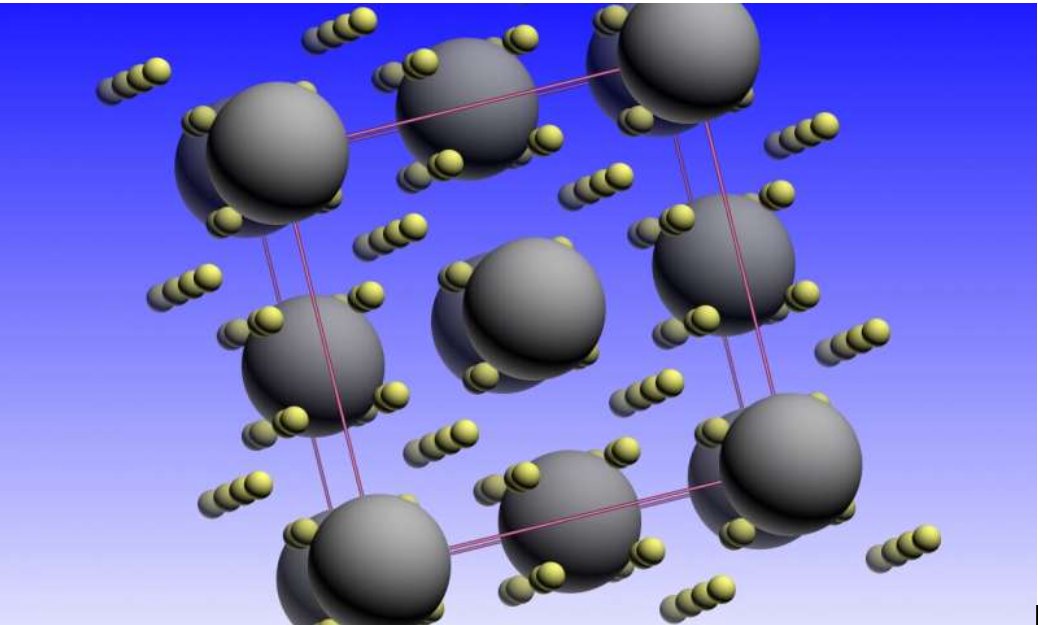
If you’re thinking that 2 million atmospheres of pressure is a bigger technical problem than low temperature, well you have a point. However the researchers are hoping to find conditions under which the high pressure will initiate superconductivity but where superconductivity will remain once the pressure has been removed!
Whether the University of Chicago scientists succeed in their efforts or not the discovery of a material that is superconductive at temperatures that are commonly seen in the arctic regions of the World is still a major advance. With each step forward science learns a little bit more and perhaps one day soon superconductivity will become as familiar and widespread a property of our technology as semi-conductors are now.
Before I leave for today I would like to take a moment to mention the end of Jeopardy contestant James Holzhauer’s 32 game winning streak. Although Holzhauer only won about half as many games as the all time Jeopardy champ Ken Jennings did he still came within $60,000 of Jenning’s all time winnings of over $2.5 million!
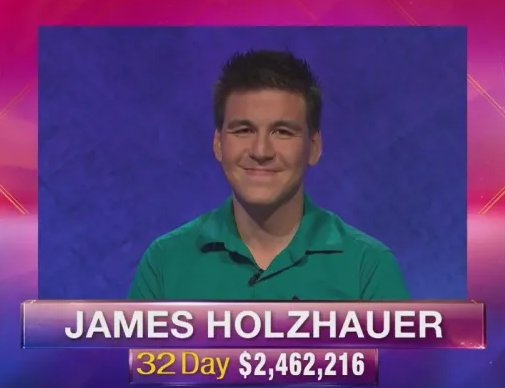
In other words Holzhauer’s per game winnings were about twice that of Jenning’s, which is what made James a very exciting player to watch. Whenever he got a ‘Daily Double’ he would often bet everything he had even if he already had a comfortable lead!
In the end Holzhauer was beaten by his own style of play. The new Jeopardy champion, Emma Boettcher was playing well but was still a bit behind Holzhauer when she got the last ‘Daily Double’. Following James’ example Boettcher bet everything she had and got the question right, taking a lead she never relinquished. To his credit James quickly congratulated Emma on her victory, indeed throughout his winning streak Holzhauer had often congratulated those opponents who had made him work for his wins!
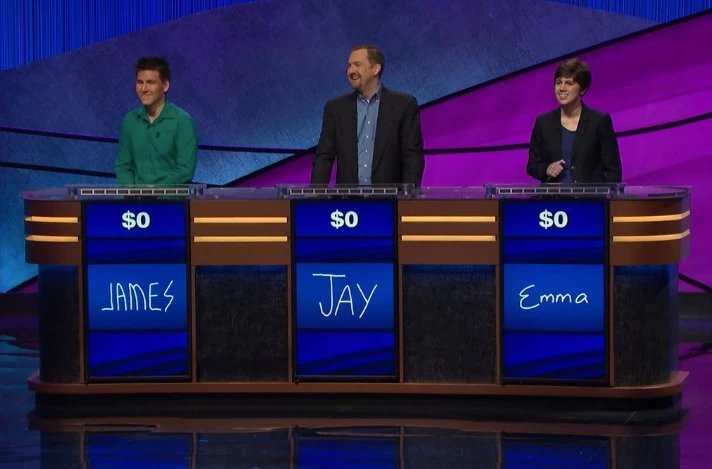
Now of course Jeopardy is just a game show, but at least it’s a game show that requires more than a bit of knowledge and intelligence. I think TV could use more shows like Jeopardy that appeal to our intelligence so I’m glad that James Holzhauer’s reign as Jeopardy champion succeeded in increasing the show’s ratings quite a bit. Hopefully the success of James, and Ken Jennings and Emma Boettcher will inspire a few producers in Hollywood to create a few more shows like Jeopardy for those of us who like to think!
